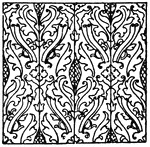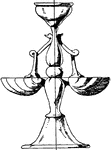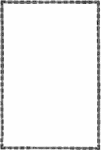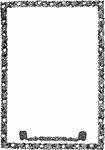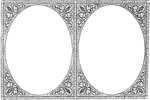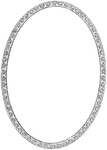
Noctiluca Scintillans
An illustration of the Noctiluca scintillans. Noctiluca scintillans, also published as Noctiluca miliaris,…
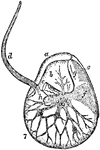
Lateral View of Noctiluca Scintillans
An illustration of the lateral view of the Noctiluca scintillans. Noctiluca scintillans, also published…

Female Nautilus without Shell
An illustration of a female nautilus without the shell. "m, The dorsal "hood" formed by the enlargement…

Sea Anemone
Edwardsia beautempsi is a species of sea anemone that lives freely in tubes in the sand, unattached.
!["Suppose we have a pipe A B laid in a horizontal position so that the centre line is exactly at the same level all along the pope, and differences of level may be neglected. Let water be delivered b this pipe at a steady from a reservoir provided with a constant supply which keeps the free surface level always the same. If the pipe A B is of uniform sectional area throughout, and is at all points offers a uniform frictional resistance to the flow of the water, the pressure will gradually become less at points along it more and more distanct from the reservoir. This is no lonfer the case when the pipe is larger at one place than another, as shown in the [figure]." (Britannica, 1891)](https://etc.usf.edu/clipart/61100/61153/61153_water-flow_mth.gif)
Water Flow in Pipes
"Suppose we have a pipe A B laid in a horizontal position so that the centre line is exactly at the…

Pith-Ball Electroscope
"An instrument for observing or detecting the existence of free electricity, and, in general, for determining…
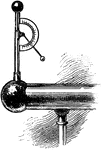
Quadrant Electroscope
"An instrument for observing or detecting the existence of free electricity, and, in general, for determining…

Condensing Electroscope
"An instrument for observing or detecting the existence of free electricity, and, in general, for determining…
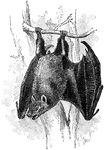
Egyptian Free-Tailed Bat
The Egyptian Free-Tailed Bat (Tadarida aegyptiaca) is a species of bat in the Molossidae family of free-tailed…

Shadows of Curvilinear Objects
"A globe casts its shadow upon the ground; the sun's rays parallel with the picture at an angle of 45°…
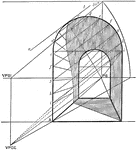
Shadows of an Archway
"An archway parallel to the picture. the sun's inclination 40° and elevation 30°." (Britannica,…
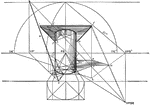
Shadows of an Column Supporting a Horizontal Square
"A column supporting a horizontal square slab at right angles with the picture plane. A pole leans against…

Differential Galvanometer
"The galvanometer consists of two distinct coils of wire, each having the same resistance, and having…
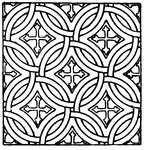
Mosaic Square Pattern
The mosaic circle pattern is inlaid pieces of stone, wood, glass, leather or straw to make a picture…
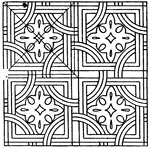
Marble Mosaic Circle Pattern
The marble mosaic circle pattern is inlaid pieces of stone, wood, glass, leather or straw to make a…

Modern Cruet-Frame
This modern cruet-frame is used to hold oil and vinegar in small bottles with a shoulder.
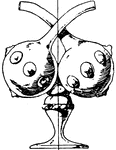
Modern Cruet-Frame
This modern cruet-frame is used to hold oil and vinegar in small bottles with a shoulder. It is made…

Modern Cruet-Frame
This modern cruet-frame is used to hold oil and vinegar in small bottles with a shoulder.

Medusa of a Hydroid
Colonial, plant-like animals closely related to jellyfish, with stinging cells, Any member of the invertebrate…
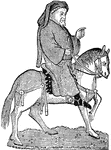
Geoffrey Chaucer
An illustration of Geoffrey Chaucer as a Canterbury pilgrim. Geoffrey Chaucer (c. 1343 – 25 October…
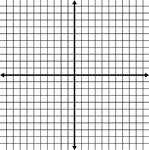
Blank Coordinate Grid With Grid Lines Shown
Illustration of an xy grid/graph with grid lines shown. It is the Cartesian coordinate system. Neither…
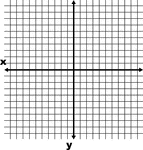
Coordinate Grid With Axes Labeled And Grid Lines Shown
Illustration of an xy grid/graph with grid lines shown. It is the Cartesian coordinate system with both…
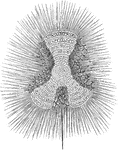
Euchitonia
"A pelagic family of radioflagellate infusorians, typified by the genus Euchitonia. The animalcules…
!["A pipe of this nature fitted with a piece of glass so as to exhibit the reed (which is a "free reed") is shown in [the illustration]. Q is the wind-chest of the bellows, into which P is fitted. In the right-hand figure the upper part of the pope is removed, so as to show the reed more clearly. A plate of metal c c, has a slit but in it, in which the tongue I may just past. By means of a curved wire, r, projecting above the top of the pipe, and the play of the tongue may be controlled and the pipe tuned. The conical pipe, H, placed at the top, serves to increase the power of the sound". -Benson, 1891](https://etc.usf.edu/clipart/62100/62146/62146_reed_mth.gif)
Reed
"A pipe of this nature fitted with a piece of glass so as to exhibit the reed (which is a "free reed")…
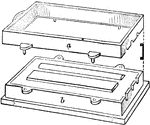
Two-Part Flask
"A shallow frame of wood or iron used in foundries to contain the sand and patterns employed in molding…
Floor of Ship
"Ship's Floor. Nautical, that part of the bottom of a vessel on each side of the keelson which is most…
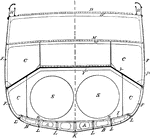
Frame of Iron Ship
"Frame of Iron Ship. A, double bottom; B, bracket frame; C, coal-bunkers; D, upper or spar deck; D',…

Prisoner Drilling Hole
An illustration of a prisoner drilling a hole in the wall of his prison cell.
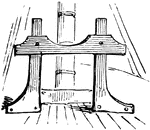
Gallows-Bitts
"Nautical, on men-of-war, a pair of strong frames of oak made in the form of a gallows, fixed between…
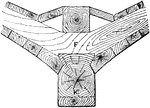
Garboard Strake
"G, G, garboard strakes; F, frame, K, keel. Nautical, the first range or strake of planks laid on a…
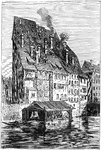
Ancient Houses in Strasburg
Strasburg, originally known as Strateburguen in the sixth century, on the first partition of the Frankish…

The Prater
The Wiener Prater is a large public park in Vienna's 2nd district Leopoldstadt. Prater is derived from…

Two Sparrow Hawk in a Large Flat Nest of Twigs with Five Young Sparrow-Hawk Beside a Tree Trunk
"Accipiter nisus, the Sparrow-Hawk, which breeds throughout Europe, North Africa, Asia north of the…
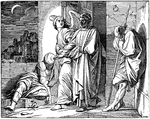
Peter Delivered from Prison by an Angel
"And, behold, the angel of the Lord came upon him, and a light shined in the prison: and he smote Peter…
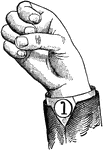
Normal Aperture Back Primary High Vowel
Vowels have a wide, firm, and free channel, whereby the breath is modified without friction or sibilation.…

Normal Aperture Back Primary Mid Vowel
Vowels have a wide, firm, and free channel, whereby the breath is modified without friction or sibilation.…

Normal Aperture Back Primary Low Vowel
Vowels have a wide, firm, and free channel, whereby the breath is modified without friction or sibilation.…

Normal Aperture Back Wide High Vowel
Vowels have a wide, firm, and free channel, whereby the breath is modified without friction or sibilation.…

Normal Aperture Back Wide Mid Vowel
Vowels have a wide, firm, and free channel, whereby the breath is modified without friction or sibilation.…

Normal Aperture Back Wide Low Vowel
Vowels have a wide, firm, and free channel, whereby the breath is modified without friction or sibilation.…
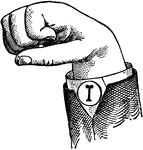
Normal Aperture Mixed Primary High Vowel
Vowels have a wide, firm, and free channel, whereby the breath is modified without friction or sibilation.…
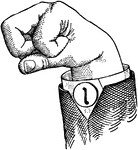
Normal Aperture Mixed Primary Mid Vowel
Vowels have a wide, firm, and free channel, whereby the breath is modified without friction or sibilation.…
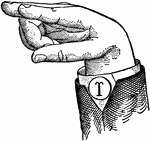
Normal Aperture Mixed Wide High Vowel
Vowels have a wide, firm, and free channel, whereby the breath is modified without friction or sibilation.…
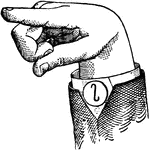
Normal Aperture Mixed Wide Mid Vowel
Vowels have a wide, firm, and free channel, whereby the breath is modified without friction or sibilation.…
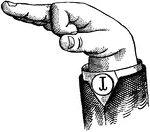
Normal Aperture Mixed Wide Low Vowel
Vowels have a wide, firm, and free channel, whereby the breath is modified without friction or sibilation.…

Normal Aperture Front Primary High Vowel
Vowels have a wide, firm, and free channel, whereby the breath is modified without friction or sibilation.…

Normal Aperture Front Primary Mid Vowel
Vowels have a wide, firm, and free channel, whereby the breath is modified without friction or sibilation.…

Normal Aperture Front Primary Low Vowel
Vowels have a wide, firm, and free channel, whereby the breath is modified without friction or sibilation.…


